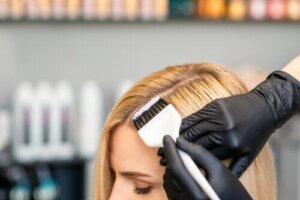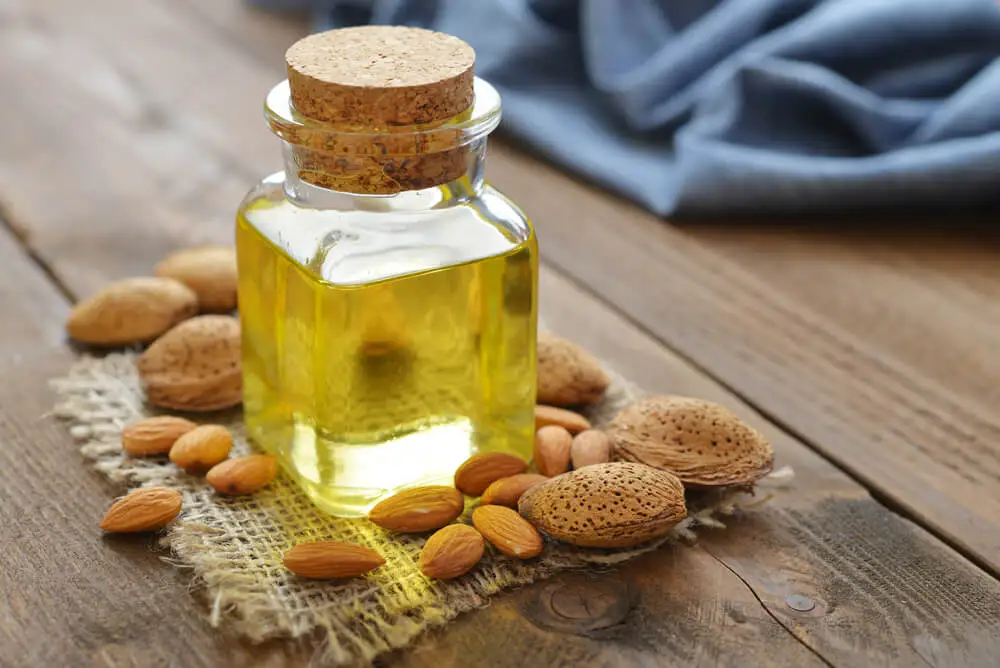9 Tips to Care for Blond Hair

Switching from one hair color to another is easy; the tricky part is maintaining the color, especially if you have light pigments. One of the hair challenges is caring for blonde hair.
Stylists are capable of achieving the shade you want, but without careful attention to it at home, it won’t be long before you’re left with an unhealthy, orange-tinged head of hair.
It will always be easier to care for natural blonde hair. On the other hand, dyed hair requires more work.
Those who choose the blonde trend sometimes do it to soften their features and hide some signs of age. This is how a change of image based on blonde hair becomes an important resource in the search for confidence, security, and pleasure with one’s own image. The key is to keep your hair looking as if you have just had it treated at the salon.
Why is it so difficult to care for blonde hair?
People who are naturally blonde or have strong tones that have never been colored have fewer complications when it comes to coloring. However, their hair requires maintenance that’s just as rigorous as that of transformations that start from constantly pigmented hair.
New blondes involve intense bleaching, so the strands become more porous to absorb the products. The hair becomes more sensitive because of this, and if you don’t use the right cosmetics and care for it carefully, you run the risk of damaging it.
Recommendations for caring for blonde hair
Full blonde or more advanced techniques such as balayage, ombre, highlights, Californian blonde coloring, or babylights require frequent visits to the colorist. Likewise, it’s essential that you comply with the following routine to protect the hair fiber and tone.

1. Don’t wash your hair so often
Through the Healthy Skin Foundation, the Spanish Academy of Dermatology and Venereology (AEDV) refers that doctors don’t recommend a fixed number of times per week to wash the hair. They point out that the action is very personal and is usually conditioned by the level of dirt that accumulates on the scalp.
However, when the hair is blond, stylists urge to reduce the frequency of washing, claiming that because of bleaching, the hair’s ability to absorb natural oils increases.
Finish your washes with cold water to close the cuticles and prolong the color.
2. Use specific products for blondes to care for blond hair
There are special products that are designed to care for blonde hair. They’re formulas that preserve and correct oxidation. These are usually blue or purple shampoos with neutralizing effects.
Ideally, you should use them once a week after regular shampooing. Allow the product to penetrate for 5 to 10 minutes or the time recommended by the hairdresser in order to control undertones.
3. Protect your hair from the sun
Bleaching results in increased sensitivity of the hair to UV rays, so blonde hair can experience dryness and pigment degradation. Include some accessories in your outfits such as scarves, caps, or hats and remember to use hair sunscreen.
4. Avoid flat irons and hair dryers
If possible, avoid or reduce the use of hair dryers and flat irons. If you do, spray heat protectant first. It’s always best to style your hair without too much heat.
5. Try serums
Serums for bleached hair protect the cuticles from environmental factors. There are leave-in treatments that are more potent than masks from different brands and with different compositions.
We think you may also enjoy reading this article: What Colors Look Good on You According to Your Skin, Hair, and Eyes
6. Protect your hair from chlorine and salt
Spread conditioner on your hair before entering a pool, as chlorine could transform the tone into a green color. At the beach, you also have to take care of all types of hair, because salt water makes it fragile and brittle, as the AEDV points out.
7. Trim the ends to care for blond hair
When it comes to blond hair, split ends and burnt or dry ends are more noticeable. Trimming the ends every month and a half refreshes blond hair. It’s also the way to eliminate split ends, one of the main impediments to hair growth.
8. Moisturize your hair regularly
Regardless of the color, moisturizing is essential for hair. Every week, provide a mask for bleached or blonde hair.
In addition to providing silkiness and shine, moisturizers help the pigment to persist, even if it’s an extra light shade (one of those that reveals the roots faster). Color revitalizers containing nourishing ingredients such as honey, cocoa butter, almond butter, shea butter, or lavender oils also work well.

9. Touch up with a professional to care for blond hair
The best way to care for blonde hair is to have it treated by a specialist. In fact, in an article published by Cosmética Capilar, they stress that hairdressing professionals should know the products they use.
They add the importance of keeping up to date with scientific advances in formulas, so that they know how to react to any repercussions on their clients’ hair and scalp.
That’s why it’s always a good idea to return to the salon for the stylist to do their job. When you want to retouch or change the color of your hair, it’s best that the hairdresser does it.
Like this article? You may also like to read: How to Look Younger with a New Haircut and How to Properly Take Care of it
What if you can’t go to the salon?
Although professional care is best, there are now solutions to take care of blonde hair until you can visit the salon. Ask your stylist about custom dyes.
They can send the preparations to your home for you to apply. A rule of thumb is that you don’t cover the painted part during root retouching because pigment on pigment will darken the blonde color.
All cited sources were thoroughly reviewed by our team to ensure their quality, reliability, currency, and validity. The bibliography of this article was considered reliable and of academic or scientific accuracy.
- Aizpún Ponzán M. También el pelo sufre con el sol. Fundación Piel Sana. Academia Española de Dermatología y Venereología. España; 2018. https://fundacionpielsana.es/pelo/tambien-el-pelo-sufre-con-el-sol
- Carbajo J. Cosmética capilar. Cosmética Capilar. 2013. https://www.mendeley.com/catalogue/d4ac1d4d-bfbe-3e58-94b8-d5b10e3f1687/?utm_source=desktop&utm_medium=1.19.4&utm_campaign=open_catalog&userDocumentId=%7Bdc417d56-6733-48b9-b20a-b4d628406051%7D
- Conejo Mir-Vázquez L. La moda de los sustitutos del champú. Fundación Piel Sana. Academia Española de Dermatología y Venereología. España; 2016. https://fundacionpielsana.es/pelo/la-moda-de-los-sustitutos-del-champu
This text is provided for informational purposes only and does not replace consultation with a professional. If in doubt, consult your specialist.








